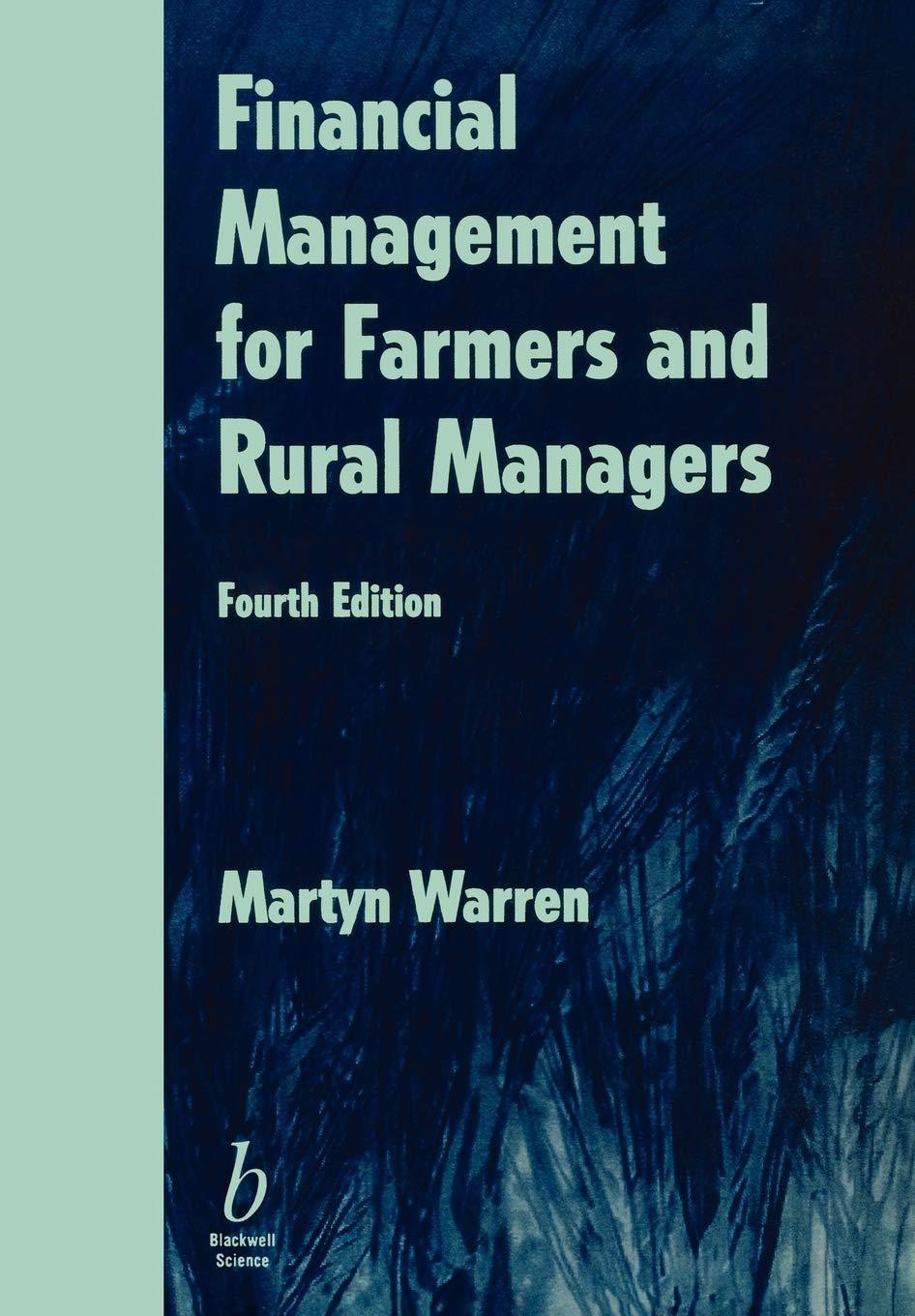Question
Describe the two investment opportunities and why each of them has an appeal for Murphy Stores. Calculate the WACC for Murphy Stores and compare it
Describe the two investment opportunities and why each of them has an appeal for Murphy Stores.
Calculate the WACC for Murphy Stores and compare it with the 12% assumption the company has made for project submissions.
Evaluate the two EAS projects and the lightning proposal. Prepare and interpret a project analysis that includes NPV, IRR, and Profitability Index calculations. As a starting point, you should assume:
a. that the investments must be made upfront (at t=0)
b. you can evaluate the cash flows at the end of each year (with a 10-year horizon)
c. that only six months of benefits occur in year 1, because your investment at t=0
d. is installed in the first 6 months of year 1.
- What are the key value drivers for each project? (That is, which variables have the most impact?) How do you know this? What are the major risks or uncertainties that you are concerned about for these projects?
- What do you recommend that Murphy do? Think carefully about how to get the most value for Murphys limited capital dollars.
| IM Exhibit 12 | |||||||||||
| Conclusions and Actual Results | |||||||||||
| Given the assumptions, EAS looks (slightly) better than lighting, | |||||||||||
| and hardware EAS looks much better than full-line EAS in NPV & IRR terms. | |||||||||||
| But uncertainty about assumptions make you more sure about lighting. | |||||||||||
| So you could recommend lighting and more study to get | |||||||||||
| more robust assumptions about project benefits and costs of EAS. | |||||||||||
| Murphy's need to understand shrink at their stores better than they do now. | |||||||||||
| In practice, they selected 5 full-line stores and 20 hardware stores and | |||||||||||
| installed EAS as "tests". This cost approximately $1.4-$1.5 million. | |||||||||||
| They then spent the other $5.5 million installing the new lighting | |||||||||||
| in 147 stores at an estimated cost of $37,400 per store. | |||||||||||
| The results of the test were disappointing, with the following major issues: | |||||||||||
| EAS tags broke more and required more labor time than expected. | |||||||||||
| Shrink reductions were relatively small, as the company learned that a great deal of shoplifting was | |||||||||||
| done by employees, not customers (or employees working in tandem with customer/friends). | |||||||||||
| Lighting was more successful. While it ended up costing about $40,000 per store for installation | |||||||||||
| the savings were both greater than expected and more valuable as electricty rates rose. |
Step by Step Solution
There are 3 Steps involved in it
Step: 1

Get Instant Access to Expert-Tailored Solutions
See step-by-step solutions with expert insights and AI powered tools for academic success
Step: 2

Step: 3

Ace Your Homework with AI
Get the answers you need in no time with our AI-driven, step-by-step assistance
Get Started


